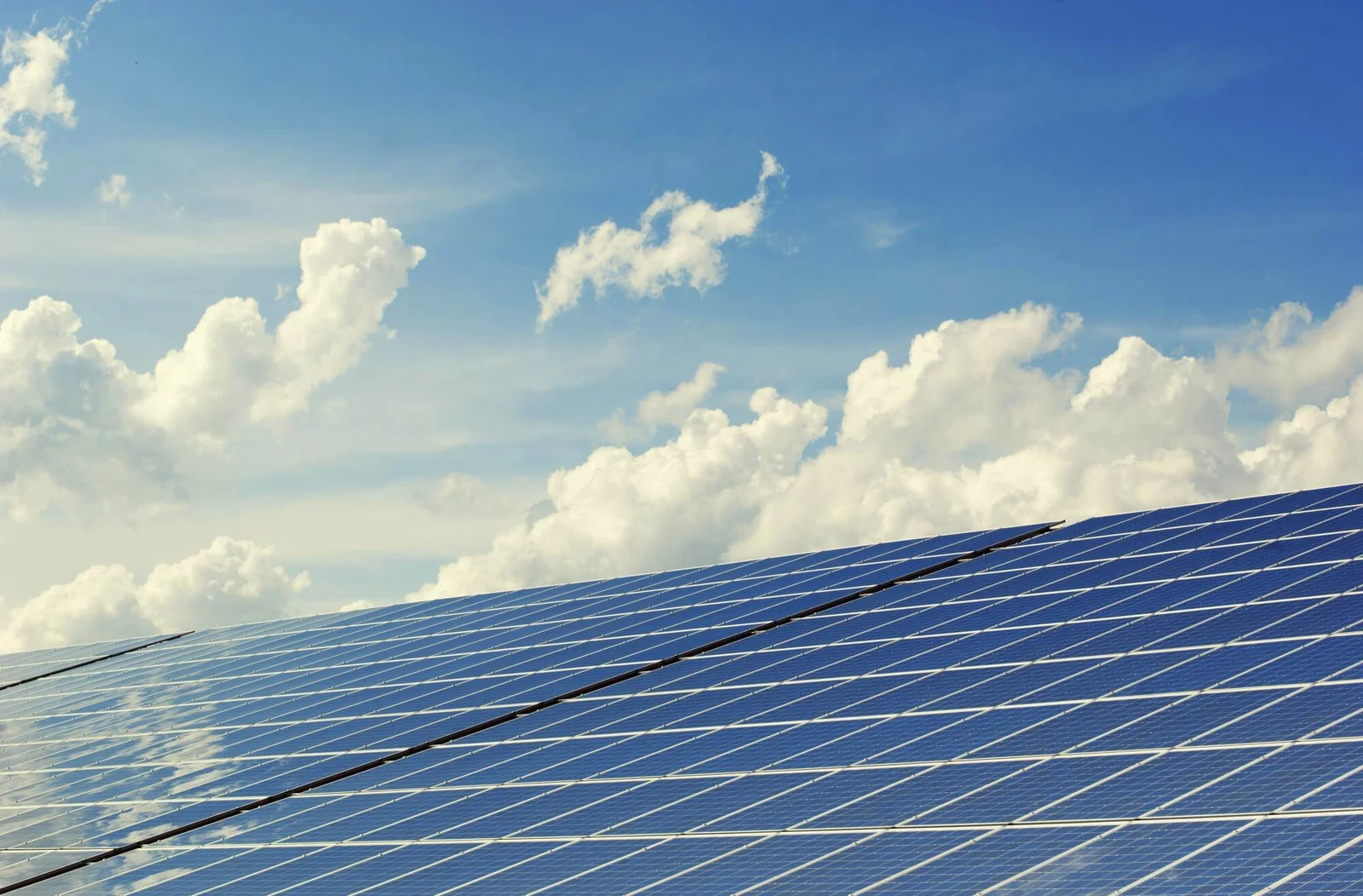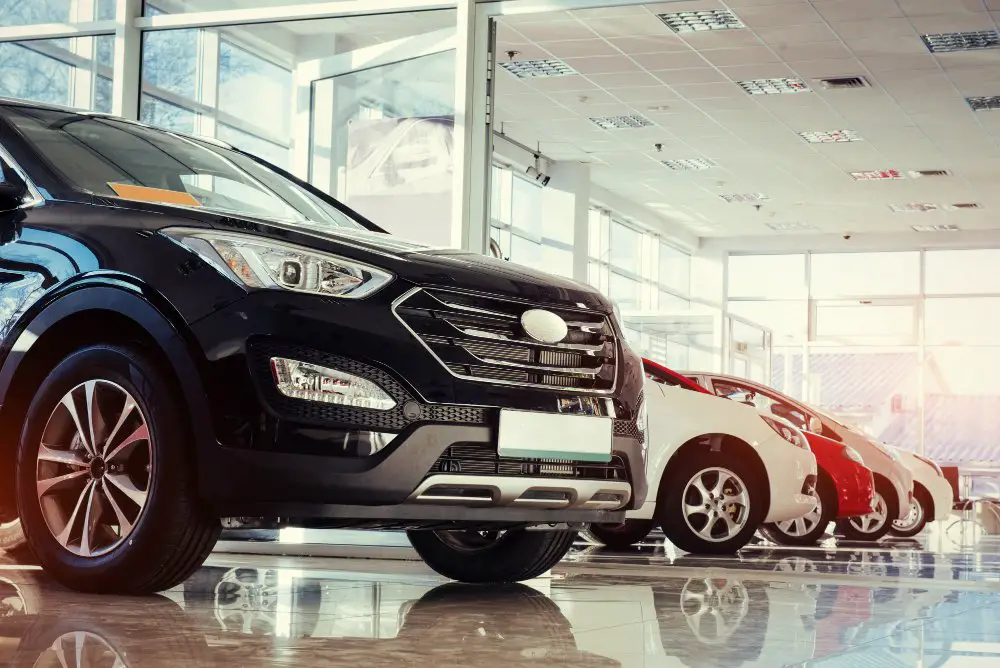Are you curious about the technology behind solar power systems? Have you ever wondered how those sleek, shimmering panels on rooftops and in fields work their magic to produce electricity?
Look no further than the photovoltaic array, or PV. This sophisticated device is the heart of every solar power system. And it has been revolutionizing the energy industry since its inception.
In this article, we’ll dive deep into what exactly a photovoltaic array is, how it works, and its applications in our daily lives. Get ready to learn about the incredible science behind one of the most innovative technologies yet.
How Photovoltaic Arrays Work
Understanding how a photovoltaic (PV) solar array work is essential to understanding the basics of solar power. Two silicon layers make up each PV cell in an array. The first has a positive charge, whereas the second has a negative charge.
When sunlight hits the solar panel cell, it knocks electrons loose in the silicon atoms, creating an electric current. This current flows through the cell and into the wires that connect all the cells in the array. The electricity generated is direct current (DC), which is not suitable for use in most homes and businesses.
So, the DC electricity is sent to an inverter, which converts it to alternating current (AC). In both households and businesses, this form of power is used. The AC electricity is then sent to the electrical panel and used to power appliances, lighting, and other devices.
The amount of electricity produced by a PV array depends on several factors. This includes the amount of sunlight hitting the cells, the efficiency of the cells themselves, and the size of the array.
Types of Photovoltaic Arrays
There are several types of this, each with its own advantages and disadvantages. The most common type is the flat-plate PV module, which is made up of several PV cells arranged in a flat panel. These panels are often mounted on rooftops or in fields. And they are the most cost-effective option for most applications.
Another type is the concentrator PV system, which uses lenses or mirrors to focus sunlight onto small but efficient PV cells. These systems are more expensive than flat-plate modules, but they are much more efficient and need less land.
A third type of PV array is the thin-film PV module, which is made up of layers of semiconducting materials that are deposited onto a substrate. Thin-film modules are less efficient than flat-plate modules. But they are also less expensive and can be used in a wider variety of applications.
Finally, there are building-integrated PV systems. These are integrated into the building itself, such as in windows, roofs, or walls. These systems are gaining popularity steadily. This is because architects and builders seek to integrate solar power into the design of buildings.
Applications of Photovoltaic Arrays
Photovoltaic (PV) arrays have a wide range of applications. This ranges from powering homes and businesses to providing electricity in remote areas. In homes and businesses, PV arrays from this source are used to power lighting, appliances, and HVAC systems.
This reduces the need for traditional grid electricity and lowers energy bills. PV arrays are also used to power traffic signals and emergency call boxes. It also powers other outdoor devices that need a constant source of electricity.
In remote areas, PV arrays can provide electricity where traditional grid electricity is not available. PV arrays can also be used in space applications like powering satellites and space probes.
Maintenance and Care
Maintenance and care for photovoltaic (PV) arrays are also critical. This is to ensure their long-term performance and efficiency. These need very little maintenance. But regular cleaning is essential to keep them working at peak efficiency. Dirt, dust, and debris can build up on the panels’ surface.
This reduces their ability to absorb sunlight and generate electricity. Cleaning the panels with a soft brush and soapy water can remove dirt and debris and restore performance.
Regular inspections of the panels and mounting hardware are also needed to ensure they are secure and functioning well. Any damaged or broken panels should be repaired or replaced right away. The electrical connections and wiring also need an inspection to check for damage or corrosion.
Finally, PV arrays should be protected from extreme weather conditions, which can lead to damage. With proper maintenance and care, a PV array can provide clean and renewable energy for many years to come.
Future of Photovoltaic Technology
The future of photovoltaic (PV) technology looks bright. This is because researchers and engineers continue to develop new materials. And they are discovering new manufacturing techniques to increase efficiency and reduce costs. One promising area of research is the development of new materials, such as perovskites.
These materials can absorb a broader spectrum of sunlight. And it can convert it into electricity better than traditional PV materials. Another area of research is the development of PV cells that can be printed on flexible, lightweight substrates.
This makes them more versatile and easier to install in many ways. Advances in energy storage technology are making it possible to store excess energy generated by these. This includes batteries and supercapacitors that can be used during periods of low sunlight or at night.
Finally, there is an integration of artificial intelligence and machine learning into PV systems. This enhances their effectiveness and output. It also makes it possible to optimize the performance of PV arrays in real time. This will be based on weather conditions, energy demand, and other factors.
Learning All About the Photovoltaic Array
The photovoltaic array is a clean, renewable, and versatile source of energy. It has many applications in homes, businesses, and remote areas. As PV technology continues to advance, it has the potential to revolutionize the way we produce and use energy.
It can reduce our reliance on fossil fuels and help mitigate climate change. It provides a sustainable and cost-effective source of electricity. PV arrays can help to create a fairer and more sustainable world for all.
So let’s embrace the power of photovoltaic technology. And let’s work together to build a brighter, cleaner, and more sustainable future for ourselves and for generations to come.
For more tips and guides, visit our blog today!


















